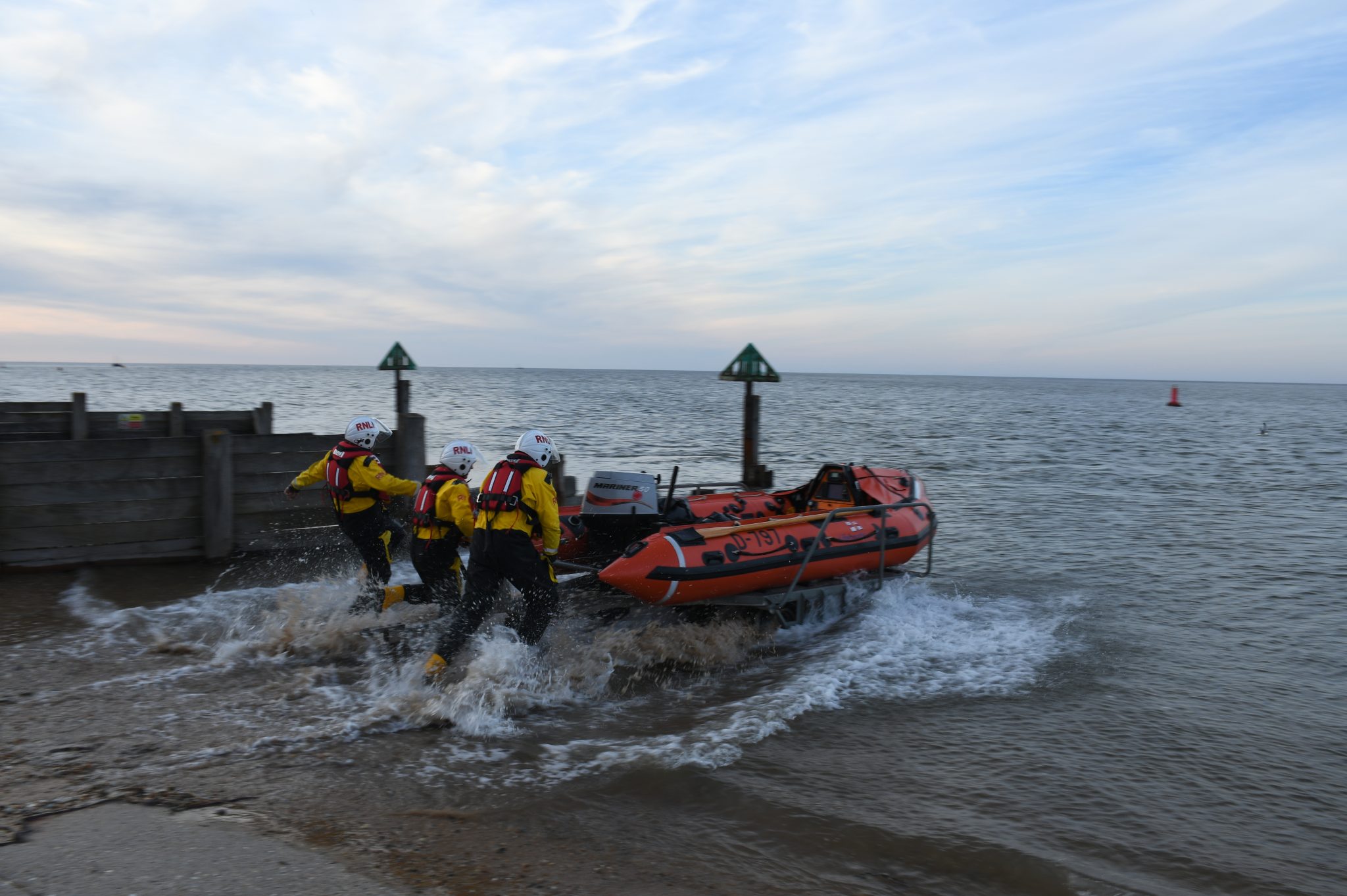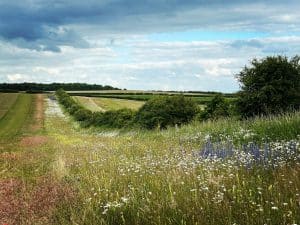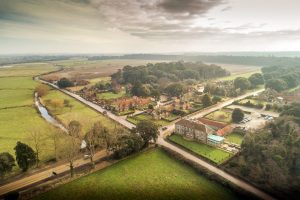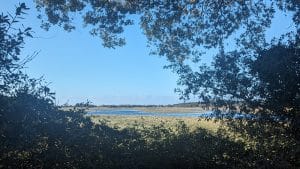
A Walk on the Wild Side – a feature from the RNLI Lifeboat magazine
February 23, 2023 | News | 5 minute read
North Norfolk’s windswept coast has an abundance of rural, rugged charm. But the features that make this stretch of shore so attractive to visitors can catch out the unwary
Between its two buttresses at Hunstanton and Cromer, the Norfolk coastline lies flat and vulnerable to the North Sea. Much of it is inaccessible, consisting of twisting creeks and tidal runs, marshes and muddy basins, inlets, fens and salt flats.
The unique geography around Stiffkey, along with its abundant wildlife, make it a destination for walkers and nature lovers alike. But because the salt marshes are subject to daily flooding and the volume of water in the creeks varies greatly throughout the day, it’s easier than people realise to get stranded by the tide.
‘The area has a lot of channels, which can be crossed at low tide,’ says James Betteridge, volunteer helm at Wells Lifeboat Station. ‘While the crew is fully trained and familiar with our constantly changing landscape – and its dangers – visitors must also be aware that as the tide turns and the sea comes in behind them, they won’t be able to get back across without help from the RNLI.’
Local folklore echoes James’ sentiment with a tale of a young cockler from Stiffkey, who failed to heed the warnings about weather and tides.
The Screaming Cockler
Like most women in 18th century Stiffkey, Nancy Cley made her living collecting Blacknock Sandbank’s famous blue cockles, Stewkey Blues. On one particular day, having only half-filled her sack, Nancy stayed and continued her cockling despite warnings from the other women about the incoming tide and poor weather.
As a thick fog developed, Nancy tried to find her way back, but became lost and trapped. The men on their fishing boats could hear her swearing at ‘the roke [vapour] and the tide, even against God himself’, but were unable to find her in time to save her life.
Folklore tells us that on an autumn evening when the fog rolls in, you can hear Nancy’s cries above the sound of the waves – a warning to those who wander here today.
This is our watch, we won’t stand by
On Easter Sunday 2022, a couple set out to enjoy a brisk walk with their dog at Stiffkey Saltmarsh. It was a chilly 6˚C, but when the sun broke the clouds the vast skies and vistas were stunning.
Like Nancy 300 years earlier, the walkers didn’t realise the trouble they were in until it was too late. The creeks and channels they gingerly picked their way across earlier, were rapidly filling up. They stayed put and called for help.
In Wells, the volunteers headed to the lifeboat station, passing the construction site of their new lifeboat station. James arrived along with Gary Yarham. While the entire crew train regularly in and around Stiffkey, Gary is particularly knowledgeable about the marshes and muddy creeks hemming the village. So James selected Gary as crew, along with Simon Parkes. They launched the Wells inshore lifeboat Peter Wilcox at 7.15pm, just before high tide.
Gary’s local knowledge immediately proved valuable. With high tide approaching, he knew the lifeboat wouldn’t make it under the bridge between the station and the casualties. So they reached the marsh from the sea.
Twenty-three minutes after launch they spotted the couple, ankle deep in icy water, and took them to safety.
The crew arrived safely back at the boathouse by 8pm. Neither the walkers – nor their dog – needed medical help. It was a textbook rescue, one that highlights how vital the right equipment, knowledge of local conditions, and regular training are to saving lives.
All’s Wells-next-the-Sea that ends well
RNLI lifeboat crews are always ready to rescue, and they won’t stand by if more can be done to save lives. So volunteers like James are keen to spread safety advice to the public, preventing tragedies. ‘I’m pleased that this incident ended well,’ James says, ‘but I can’t emphasise enough how important it is for walkers to check the tide times.
‘This couple did exactly the right things. They remembered to bring a mobile phone, which also had a location app installed, making them easier to find. They kept their dog under control and out of the water. And they stayed where they were – the instinct is to wade across a channel, but it’s never worth it. The combination of fast-flowing water and soft, slippery mud could have seen them swept out to sea.’
He adds: ‘If you’re enjoying a walk on the marsh, always ensure you’re back on the mainland at least 4 hours before high tide. It’s also important to bring a form of communication – ideally a mobile phone in a waterproof case – and tell someone where you’re going and what time you’ll be back, so if you do get into trouble, someone else can raise the alarm.’

Tips for coastal walkers
- Be wary of all edges around the sea and waterside. Slips and falls from walking and running are the biggest cause of death on our coastlines.
- Always let someone know where you are going and when you expect to be back.
- Take care when walking in dark and slippery conditions.
- Always take a means of calling for help.
- Always check the weather tides.
This article, first appearing in Lifeboat magazine, is shared with kind permission from the RNLI.
Words: Niki Holt
Photos: RNLI/(James Betteridge, Ray West), Shutterstock




